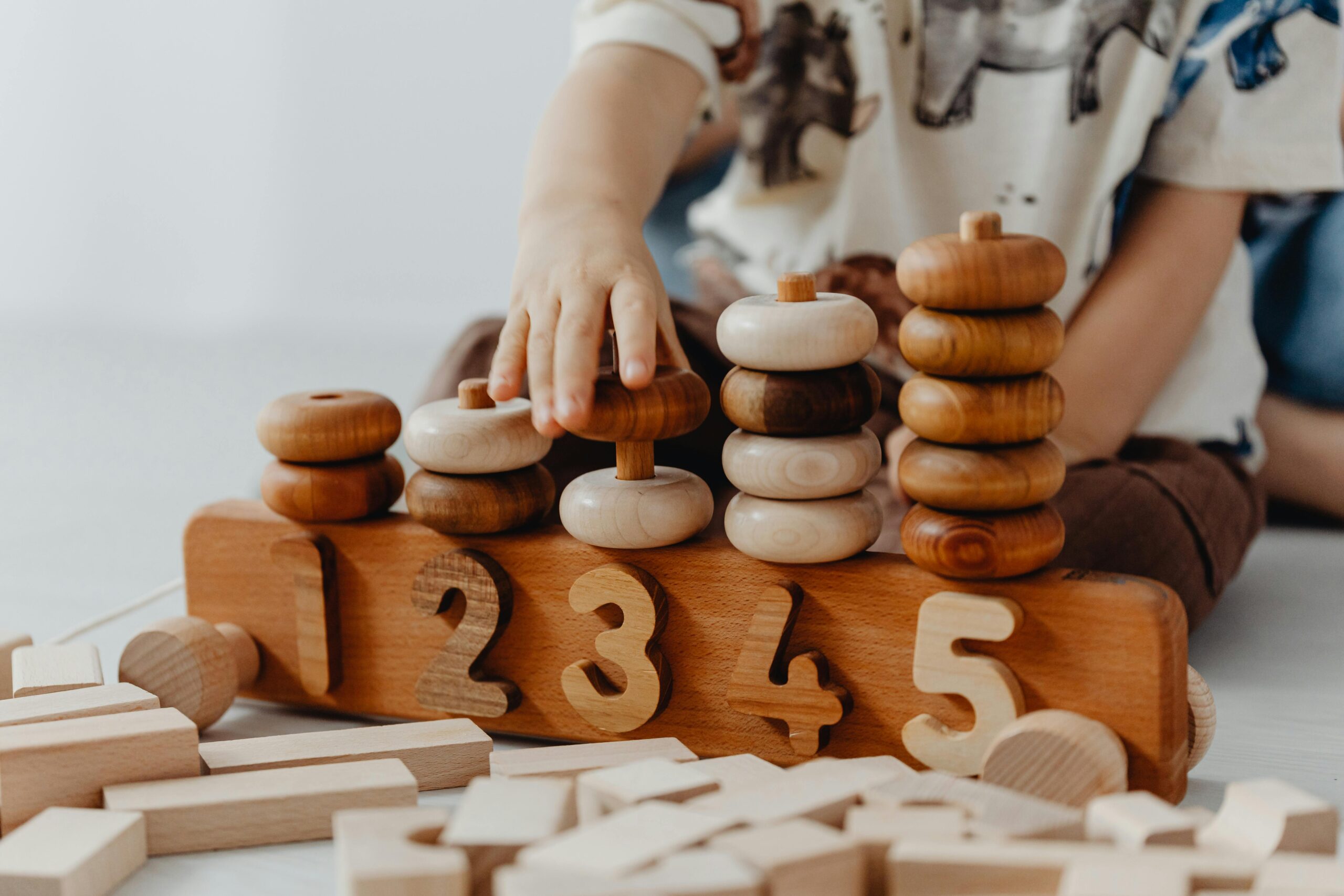Fine Motor Play: Strengthening Your Child’s Skills Through Hands-On Fun

Discover creative and developmentally enriching fine motor activities that build your child’s coordination, confidence, and independence.
What is Fine Motor Play?
Fine motor play includes tasks that require precise hand and finger movements. Examples include threading beads, using tweezers, tearing paper, using scissors, and manipulating small toys. These activities enhance control and coordination, laying the foundation for everyday tasks.
Benefits of Fine Motor Play
- Enhances Hand–Eye Coordination: Essential for handwriting, drawing, and sports.
- Supports Independence: Helps children learn to dress, feed, and care for themselves.
- Boosts Cognitive Development: Involves planning, concentration, and problem-solving.
- Improves Creativity: Allows for arts and crafts, detailed creations, and experimentation.
How to Set Up Fine Motor Play at Home
- Designate a Play Area: Use a small table or tray with good lighting.
- Provide Open-Ended Materials: Stationery items, craft supplies, clay, beads, buttons, pom-poms, lacing cards.
- Offer Containers: Use small boxes or muffin tins to sort and organize materials.
- Encourage Exploration: Let your child guide the activity, and step in to support as needed.
Engaging Fine Motor Play Ideas
- Bead Threading & Lacing: Use beads, pasta, or shoelaces for manipulation.
- Playdough Manipulation: Squeeze, roll, cut, and shape for hand muscle development.
- Sticker & Label Fun: Peeling and placing stickers promotes grip control.
- Scissor Skills: Use child-safe scissors on paper for cutting practice.
- Pom-Pom Tweezing: Transfer pom-poms with tweezers or clothespins.
- Stamping & Painting: Grip stamps or brushes to refine coordination.
Age-Appropriate Activities
- Toddlers (1–3 years): Simple stacking, playdough rolling, peeling stickers.
- Preschoolers (3–5 years): Beading, lacing, cutting shapes, tweezing.
- School-Age (5–7 years): Sewing, detailed crafts, building models, puzzle assembly.
Tips for Maximizing Fine Motor Play
- Rotate materials weekly to keep exploration fresh.
- Join play but allow your child to lead—challenge them with open-ended goals like “Can you create a shape?”
- Celebrate small wins: completing a string of beads, cutting a wavy line.
- Address speech–motor link: fine motor play often improves speech through oral motor development.

Pingback: Sensory Play in 2025: 15 Expert-Backed Ideas for Smarter, Happier Kids - Modern Parenting Life